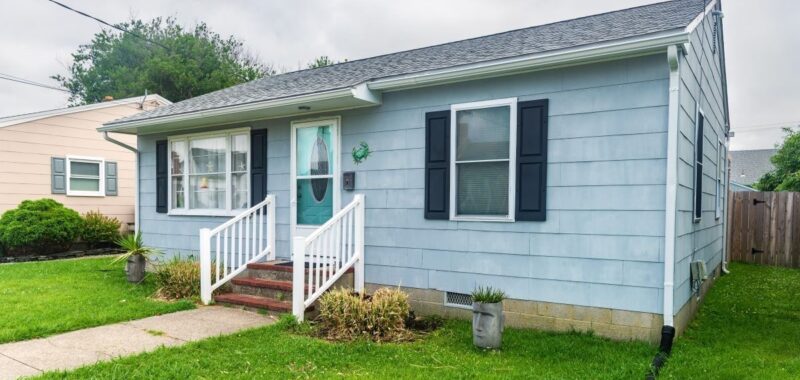By every metric, the nation’s affordable housing crisis has reached unprecedented heights. A record-high 22.4 million renter households are cost burdened, meaning they spend at least 30% of household income on housing and utilities, and we are short 7.3 million rental homes that are affordable and available to renters with extremely low incomes.
Meanwhile, the number of households who qualify for rental assistance continues to rise, even as funding for the crucial subsidy remains relatively fixed as do the number of people experiencing homelessness.
While renters clearly suffer most from the lack of affordable housing, the crisis has taken a toll on property owners too. The pandemic hangover, which has left many tenants straining to make rent, translates to lower rent collections, and in turn less cash flow, for owners. Rising operating costs add to the pressure. Insurance premiums are up 27.7% in the year ending January 2024 and 129% since 2018, according to Yardi. Labor costs for property management have increased nearly 50% in some markets, and security needs and costs have risen, too. At many affordable housing properties, expenses exceed revenues and owners are now forced to feed budgets to cover costs.
At the same time, the nation’s affordable housing stock is aging and desperately needs investment. High interest rates and inflation mean the cost of reinvesting in properties is expensive. Add to that constrained public resources (from lower property tax collections on struggling office buildings) and competing priorities, and housing owners are struggling to maintain properties, make payroll and remain in business.
The financial pain is especially acute for mission-based housing owners. Largely nonprofits, mission-based landlords provide affordable housing as a tool for systemic change, including advancing racial equity, reducing economic disparities, and strengthening community resiliency. Many of their development projects require more patience and long-term commitment than other developers are willing to undertake. For example, the multiyear redevelopment of the Woodlawn neighborhood in Chicago simultaneously builds homes and revitalizes a neighborhood through job creation, animated commercial corridors, access to quality schools and childcare and community engagement.
Mission-based owners also offer tenant services such as meal deliveries, after school tutoring, job placement counseling, and digital literacy training. Most importantly, mission-based landlords are committed to keep residents housed. In lieu of ill-conceived measures like eviction moratoria, which can ultimately harm the quality and availability of housing, many mission-based owners practice eviction diversion through payment plans and help for tenants to access rental assistance. Arguably, the best circumstance for any renter is to live at the property of a mission-based owner who has their best interests at heart.
The properties of mission-based housing owners run on even thinner margins than affordable housing writ large. As a result, even when these organizations have large portfolios and balance sheets, they’re often cash poor from the high cost of impactful services. A seemingly easy solution would be to sell properties. The real estate market remains relatively strong and many of these properties are in metro areas where developable land is in short supply. But the value derives largely from the opportunity for potential buyers to convert these much-needed affordable units to market rate. Given the already-enormous shortage of affordable housing, it would be shameful and counterproductive to lose these units.
Which is not to say that mission-oriented property owners want sympathy. This isn’t a question of pity but rather one of resources. When times are tough, high mission work that creates flourishing, inclusive communities is more important than ever and calls for extra subsidy and flexibility.
It can be done. Last year, for example, the Minnesota legislature earmarked $50 million in its housing legislation for qualifying nonprofit affordable housing owners who are experiencing economic hardship. The program recognizes that fewer mission-based owners means worsening an already devastating housing crisis. In addition, dedicated sources to help operate, maintain and repair existing housing are needed to address deteriorating property conditions.
The capital markets can help too. Flexibility in accessing a property’s reserves and commonsense approaches to reporting and willingness to partner with borrowers can alleviate the pain. Rightsizing financing terms would help to ensure that these vital properties don’t crumble under the weight of debt service.
By shoring up the health of mission-based landlords, policymakers and financiers can preserve a crucial portion of the nation’s shrinking affordable housing stock and support critical, aligned partners in creating thriving communities over the long run.
Priya Jayachandran is the CEO of the National Housing Trust, a member of the Underserved Mortgage Markets Coalition (UMMC). Jim Gray is a Senior Fellow at the Lincoln Institute of Land Policy, which convenes the UMMC.

